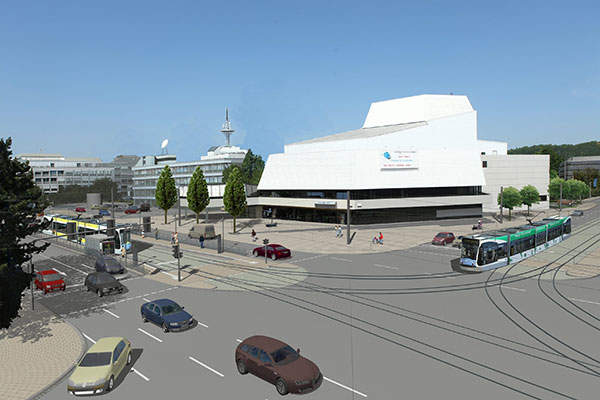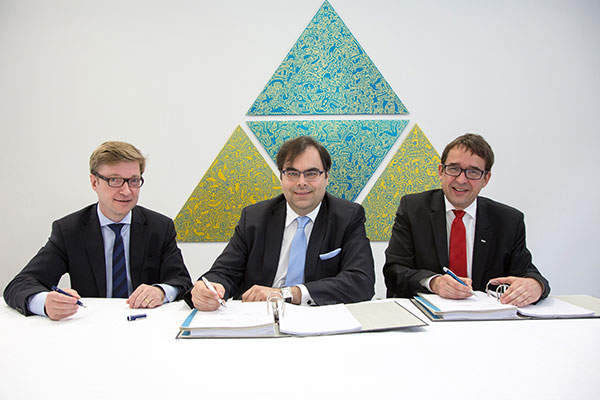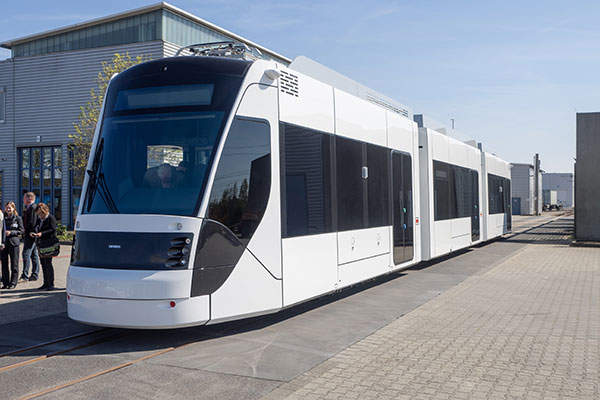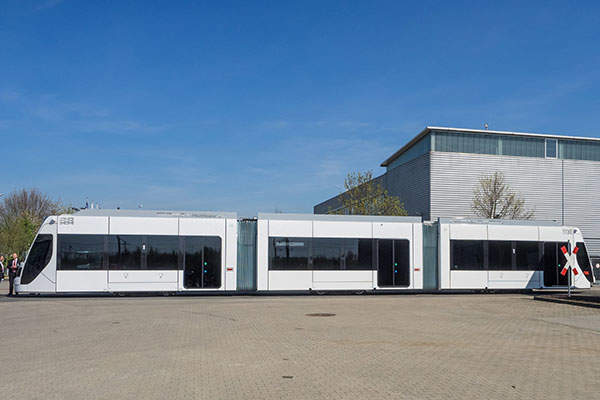Ulm Tram Line 2 is the second metre-gauge tram line in the city of Ulm, Baden-Württemberg, Germany. It connects the Science Park in the north with the Kuhberg residential area in the south-west of the city.
The new line serves the increasing transportation needs of Ulm city, which is one of the fastest growing economic regions in Germany.
The Ulm city council approved the construction of the project in May 2015. SWU Verkehr, a subsidiary of SWU Stadtwerke Ulm / Neu-Ulm, is responsible for the planning, construction and operation of the project.
Construction of the new tram line began in September 2015, while its commissioning took place in December 2018.
Purpose of the new tram line in Ulm
Braunschweig (Brunswick), Germany, is the focal point of a projected tram-train operation covering a large area in the east of Niedersachsen (Lower Saxony).
Increasing transportation needs of the city’s population have called for the introduction of additional public transport services in the city.
The route is used by approximately 16,000 people a day, including employees and students. New establishments and an extension of Science Park are expected to further increase ridership in future.
To address these issues, the SWU decided to expand the tram network in the city. Addition of a second line was found to be a feasible and profitable option, after considering all the socio-economic and environmental aspects.
Ulm tram line 2 project details
Design and planning approval process for the project began in March 2011. The new line is 10.5km-long and includes 20 stations.
Sharing existing infrastructure of line 1 reduces new track construction to 9.3km and the number of new stations to be built to 18. The new line adds a passenger capacity of 8,000 a day.
The project also included the expansion of the transport depot in Ulm Weststadt to accommodate additional tramcars and the construction of a 400m-long bridge over the rail tracks at Kienlesberg that are used by trams, buses, pedestrians and cyclists.
Ulm tram line 2 route
The new line originates at Science Park II and passes through Lise-Meitner-Street, Hochschule Ulm, Manfred Börner-Street, University West, Kliniken Oberer Eselsberg, Botanical Garden, University of South, and Eselsberg Hasenkopf.
It then runs along Multscher School, Teachers Valley, Karlstraße / SWU, Theater, Hauptbahnhof, Ehinger Tor, Martin Luther Church, Romerplatz, Saarlandstraß, Grimmelfinger way and CTCs Königstraße to finally end at Kuhberg Schulzentrum.
Rolling stock
SWU Verkehr ordered 12 Avenio M multi-articulated low-floor rail vehicles for the new line in May 2015. Siemens and SWU signed a $35m (€32m) agreement, which also includes an option for the supply of six additional trams. The final delivery took place in December 2018.
Siemens manufactured the trams at its manufacturing plant in Vienna, while the bogies were manufactured in Graz. Siemens’ Nuremberg factory delivered control and traction drive technology for the trams.
Avenio M supplied for the Line 2 is 31m-long, five-car, low-floor light rail vehicle with a capacity to accommodate up to 175 passengers. The lightweight aluminium body of the car, coupled with state-of-the-art drive and control technologies, reduces energy consumption and operating costs.
Siemens Tram Assistant collision warning system is installed in the tram to help avoid accidents.
The interiors of the tram are designed to be transparent to provide safety and comfort to the passengers. The spacious interiors and larger doors further improve the passenger circulation.
Each vehicle features a different front and rear design coloured in blue, light grey and white, and every bogie features the name of a historical figure related to the city of Ulm.
Financing
The total estimated investment of the project including that of depot extension is €268.8m ($319.4), which includes €20.5m ($24.3m) for the expansion of the depot.
Baden-Württemberg State Government submitted a funding application in June 2015 to the government of Germany for $74m (€67m) to finance the project. The city of Ulm provided approximately $59m (€53.3m) for the project.











